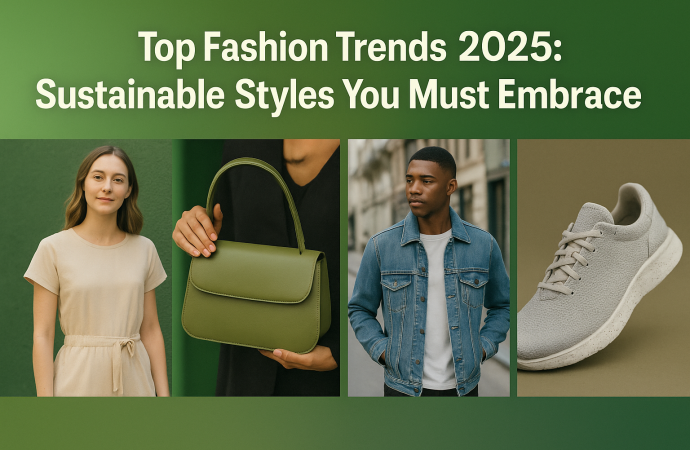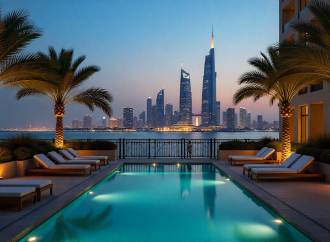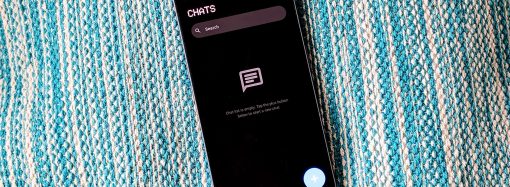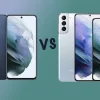Introduction Fashion in 2025 is shaped by a growing desire for eco-friendly and ethical choices. Consumers want clothes that look great and respect the planet. Brands respond with sustainable fabrics, circular design, and transparent supply chains. Embracing these sustainable styles keeps you on trend and helps reduce fashion’s environmental impact. This guide covers the top
Introduction
Fashion in 2025 is shaped by a growing desire for eco-friendly and ethical choices. Consumers want clothes that look great and respect the planet. Brands respond with sustainable fabrics, circular design, and transparent supply chains. Embracing these sustainable styles keeps you on trend and helps reduce fashion’s environmental impact. This guide covers the top fashion trends of 2025 you must embrace—from eco fabrics and upcycling to zero-waste design and rental services. You’ll learn what each trend means, why it matters, and how to wear it. Let’s explore the future of fashion that’s good for you and the earth.
What is the rise of eco-friendly fabrics?
Brands increasingly use materials that leave a smaller carbon footprint.
Organic cotton and linen
Organic cotton grows without harmful pesticides and uses less water. Linen, made from flax, needs little fertilizer. Both fabrics feel natural, breathe well, and soften with wear.
Recycled and regenerated fibers
Recycled polyester comes from plastic bottles. Regenerated nylon, like Econyl, turns old fishing nets into new yarn. These fabrics reduce landfill waste and conserve resources.
Innovative plant-based materials
Fashion now uses fabrics from pineapple leaves (Piñatex), mushroom mycelium leather, and bamboo pulp. They look modern and require fewer chemicals.
Tip: Check labels for certifications—GOTS for organic textiles, Global Recycled Standard for recycled fibers.
What is circular fashion gaining ground?
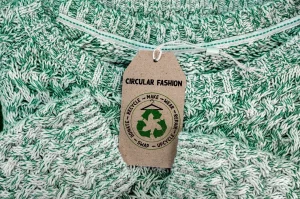
Image by: Yandex.com
Circular fashion keeps garments in use longer and recycles materials at end of life.
Take-back and refill programs
Brands like H&M and The North Face let you return old clothes for store credit. They recycle or upcycle returned items into new collections.
Rental and subscription services
Rent the Runway and Nuuly offer monthly wardrobes you can swap. This cuts down on buying items you wear only a few times.
Upcycled and patchwork design
Designers use fabric scraps to craft patchwork jackets or mixed-fabric dresses. Each piece is unique, cuts waste, and tells a story.
Tip: Before discarding old favorites, search for local upcyclers or DIY tutorials to refresh them with patches or embroidery.
What are zero-waste and minimal waste patterns?
Designers create garments that generate no scrap fabric during cutting.
Laser cutting and digital patterning
Advanced software maps pattern pieces to use full rolls of fabric. Laser cutting machines slice materials with no frayed edges.
Modular and multi-way garments
A coat that transforms into a vest, or pants that zip off to become shorts. These designs reduce the number of separate pieces needed.
Packaging reduction
Brands package items in compostable mailers or allow you to skip gift wraps to cut paper waste.
Tip: Look for brands advertising zero-waste collections or multi-way item lines to simplify your wardrobe and reduce footprint.
What are local and ethical production trends?
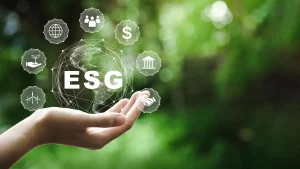
Image by: Yandex.com
Making clothes closer to home cuts shipping emissions and improves transparency.
Nearshoring and on-demand manufacturing
Brands open small workshops nearby or use on-demand factories that produce only pre-ordered pieces. This avoids overproduction and deep inventory cuts.
Fair-wage and safe labor
Ethical labels ensure workers earn living wages and work in safe, healthy conditions. Transparently certified brands publish factory audits online.
Tip: Research brand ethics through platforms like Good On You to confirm their labor practices and production locations.
What is plant-dyed and low-impact coloring?
Dyeing uses vast amounts of water and chemicals. New methods reduce this toll.
Natural plant dyes
Extracts from madder root, indigo, and pomegranate dye fabrics without harsh chemicals. Each batch has slight color shifts, giving garments a handcrafted look.
Closed-loop dyeing systems
These recapture and recycle water and dye chemicals, using up to 90 percent less water than traditional methods.
Tip: When shopping, seek terms like “Oeko-Tex certified” or “low-impact dyes” on labels.
What is regenerative fashion emerging as?
Regenerative fashion goes beyond sustainability by restoring ecosystems.
Regenerative agriculture fibers
Wool, hemp, and flax grown on farms that improve soil health and biodiversity. These fibers lock carbon and heal land rather than deplete it.
Community co-ops and artisan partnerships
Brands partner with farming communities, paying premiums that fund reforestation and fair wages.
Tip: Support brands with regenerative agriculture partnerships by checking their impact reports and sustainability pages.
What are innovative retail models?
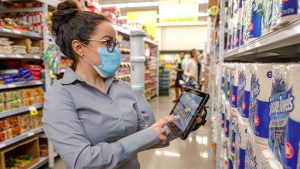
Image by: Yandex.com
Shopping in 2025 looks different, with fewer permanent stores and more pop-ups, digital showrooms, and VR experiences.
Virtual try-ons and augmented reality
Apps let you “try on” clothes in AR, reducing returns and waste. Virtual showrooms let you browse limited collections without physical pop-ups.
Circular resale marketplaces
Platforms like Depop, Poshmark, and The RealReal focus on secondhand. They make it easy to sell and buy high-quality used items.
Tip: List high-end pieces you no longer wear on resale sites to earn extra funds for future sustainable purchases.
Recycled Polyester Made from Ocean Plastic
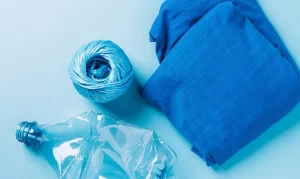
Image by: Yandex.com
What It Is
Companies collect discarded fishing nets and bottles drifting in oceans, break them into pellets, and spin new polyester threads.
Why It Matters
Every pound of ocean‑bound plastic cleaned prevents toxins from entering the food chain. Recycled polyester uses up to fifty percent less energy than virgin production.
How to Wear It
Athleisure brands now release leggings and jackets from ocean plastic fibers. Bright color‑block panels hide any slight texture variation, ensuring style stays premium.
Digital‑Only Fashion
What It Is
Designers sell garments that exist purely in augmented reality. Buyers upload photos, and software maps the piece onto the image, ready for social media.
How to Wear It
Purchase one statement digital coat for profile pictures and invest savings into higher‑quality real‑world staples. This balance trims impulse fast‑fashion buys.
Table: Sustainable Fashion Trends for 2025
| Trend | Key Feature | How to Embrace |
|---|---|---|
| Eco-friendly Fabrics | Organic cotton, recycled polyester | Look for GOTS and Global Recycled Standard labels |
| Circular Fashion | Take-back, rental services | Return old items, try rental subscriptions |
| Zero-Waste Design | Digital patterning, modular garments | Shop brands with zero-waste collections |
| Local & Ethical Production | Nearshoring, fair-wage factories | Check Good On You ratings and brand transparency |
| Low-Impact Dyeing | Natural dyes, closed-loop systems | Seek Oeko-Tex and low-impact certifications |
| Regenerative Fashion | Regenerative agriculture fibers | Support brands that publish impact reports |
| Innovative Retail Models | AR try-ons, resale marketplaces | Use virtual try-on apps, buy/sell on Depop |
Conclusion
Sustainable fashion in 2025 is about mindful choices: selecting eco fabrics, supporting circular systems, embracing zero-waste designs, and backing ethical production. From plant-dyed linens to modular garments, these top fashion trends 2025 offer style with conscience. Update your wardrobe with pieces that protect the planet and empower communities. Start by shopping certified materials, exploring rental and resale options, and asking brands about their impact. Small steps lead to big change—together, we can make fashion truly sustainable.
Call-to-Action: Ready to embrace sustainable style? Explore our curated list of 2025’s best eco-friendly brands and start building your ethical wardrobe today!

